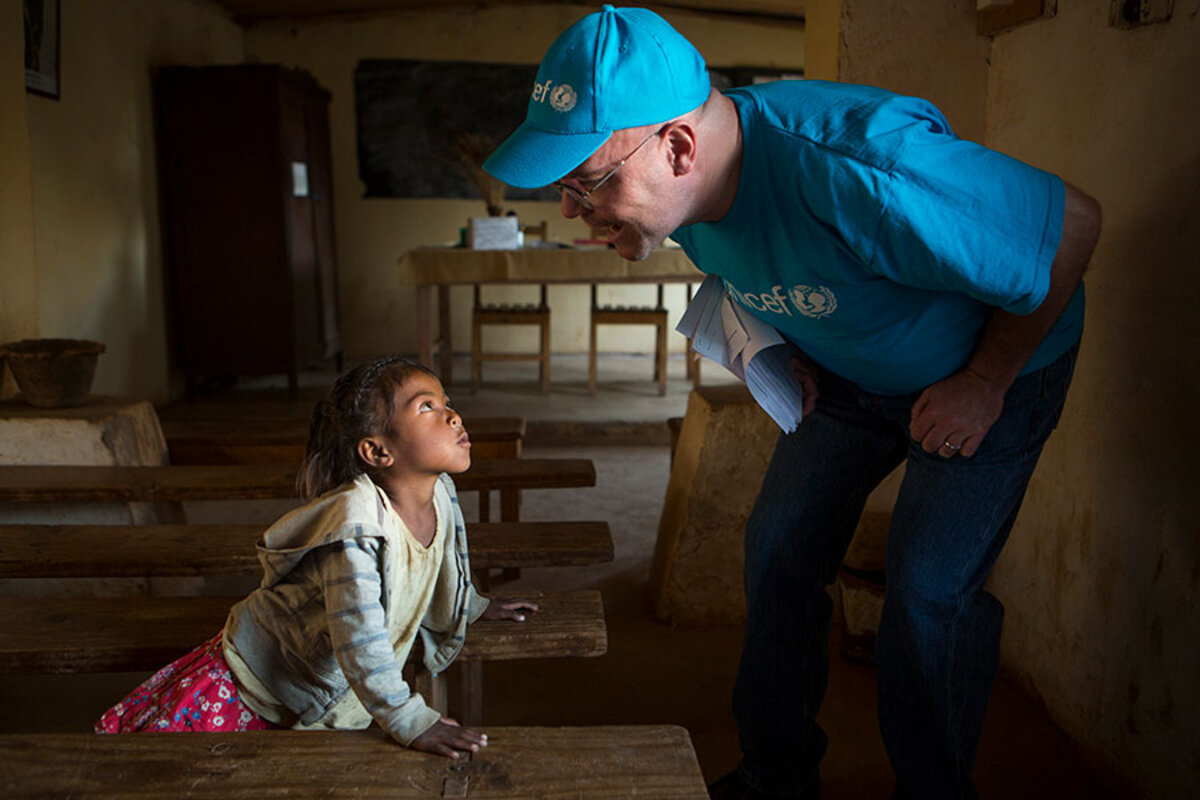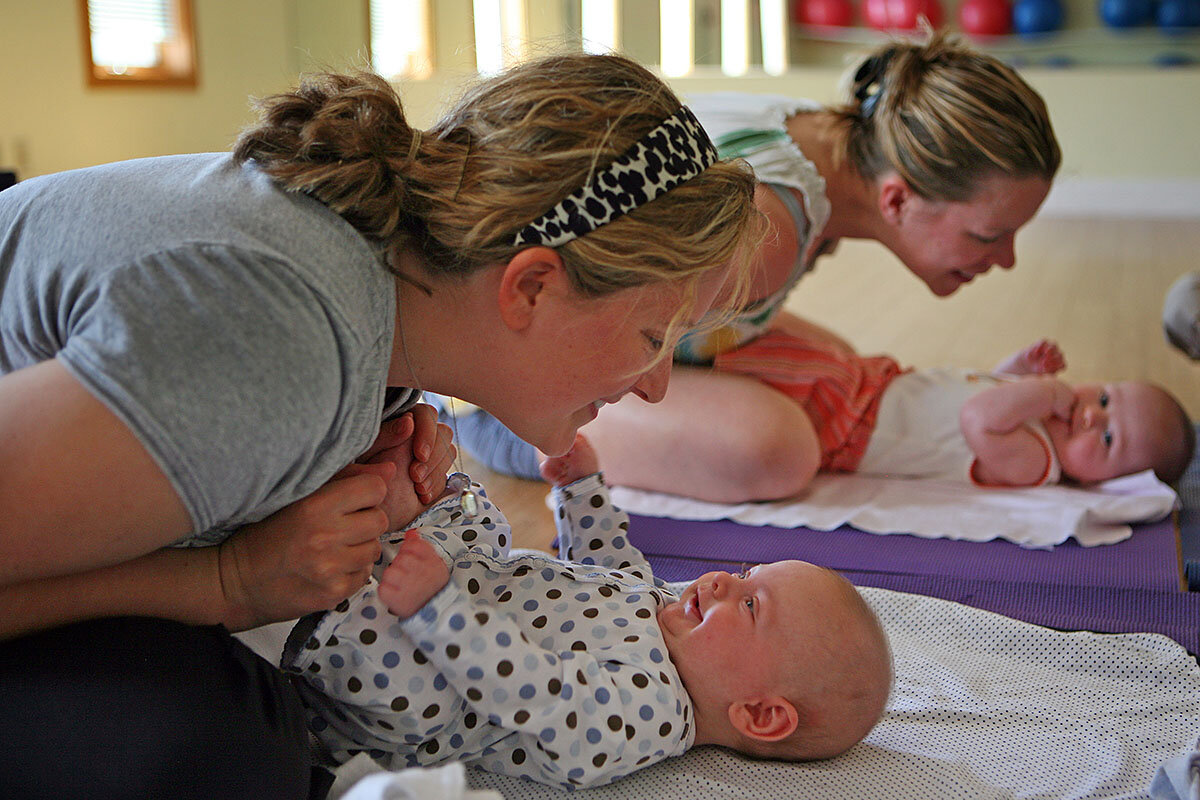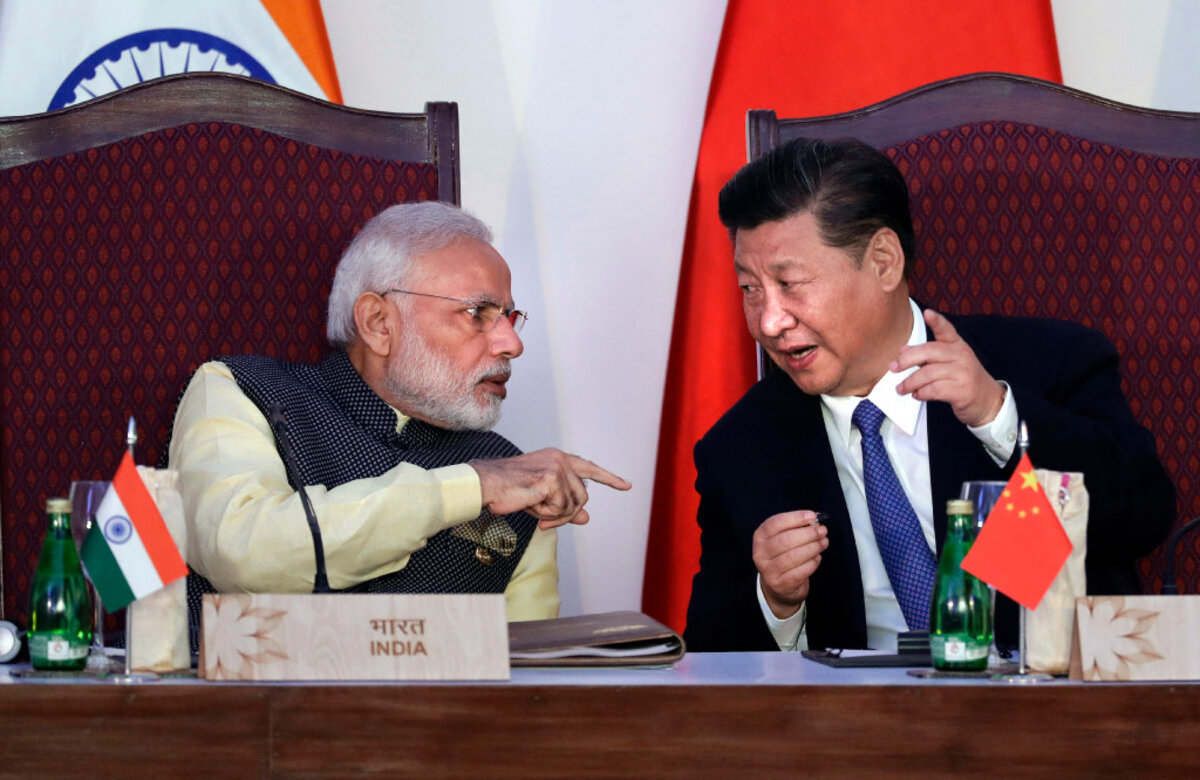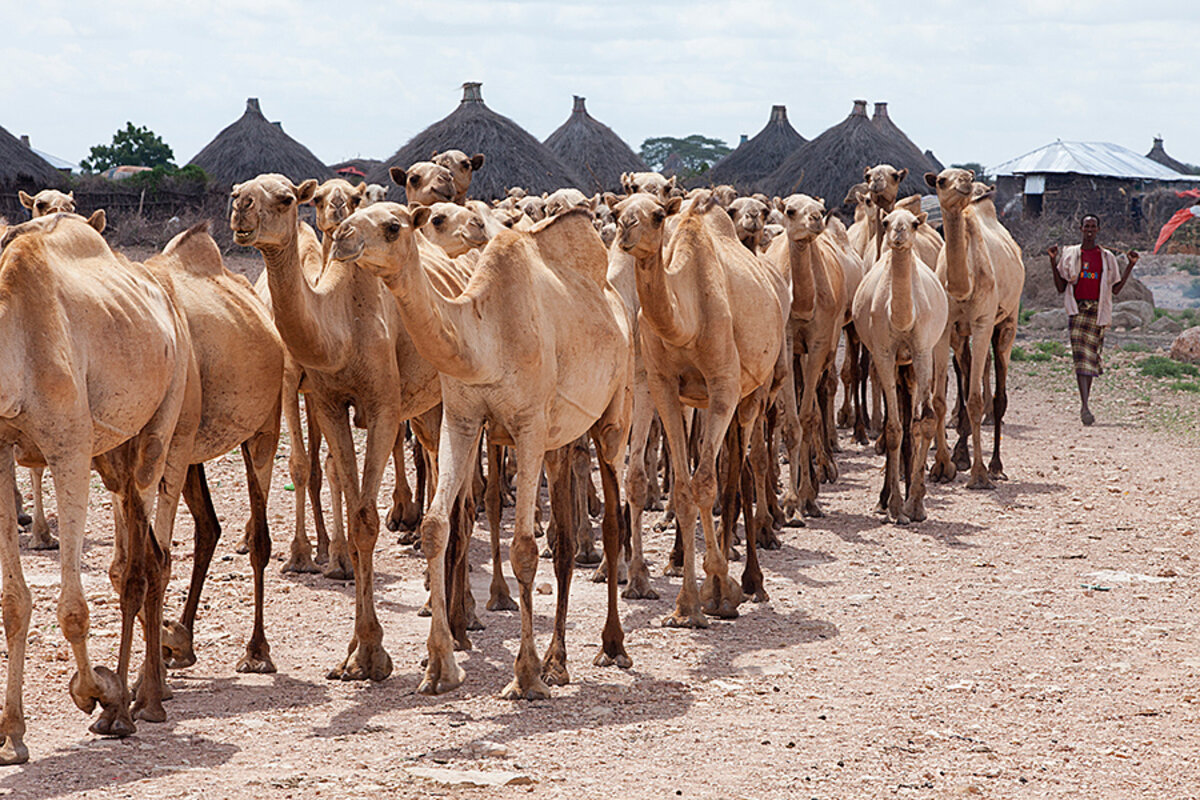Monitor Daily Podcast
- Follow us:
- Apple Podcasts
- Spotify
- RSS Feed
- Download
 Mark Sappenfield
Mark Sappenfield
For me, the remarkable events in Pakistan Friday go back to a living room overlooking the hills outside Islamabad several years ago.
What happened Friday was the fall of Pakistan’s prime minister, Nawaz Sharif. The Supreme Court found that some of his real estate holdings amounted to political corruption. In a corruption-plagued country, the ruling strikes a blow for the rule of law. And it is a victory for Imran Khan, a politician who has built his career on targeting corruption.
It was in his living room that I sat. And what struck me was his fierce conviction that a deep sense of justice is woven into the fabric of Islam and Pakistan. True, that can be warped into radicalism and intolerance. But it also takes form as a commitment to care for the poor, the sick, and the downtrodden.
Mr. Khan imagined a day when that better sense would reshape Pakistan. Friday could be remembered as a historic step in that direction.










